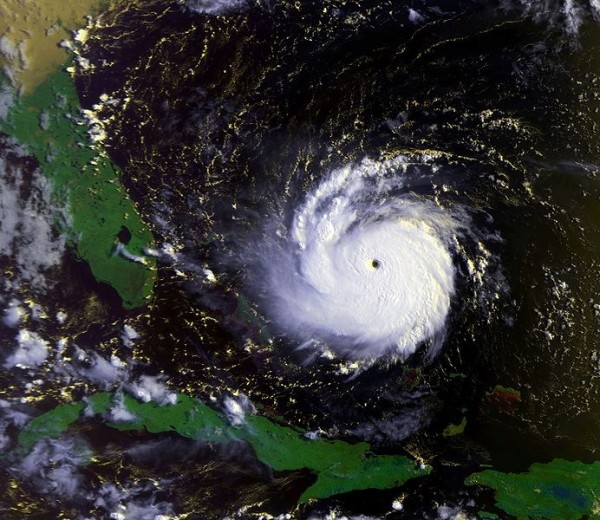Andrew’s Delayed Upgrade to Cat Five
Ten years after Hurricane Andrew made landfall in South Florida, the National Hurricane Center announced on this date in 2002 that the hurricane had been upgraded from a Category 4 storm to a Category 5, the highest rating on the Saffir Simpson Hurricane Scale.
Andrew had been officially listed with maximum winds of 145 mph when it slammed into southern Dade County, Florida during the early morning hours of August 24, 1992.
Experts concluded that the maximum sustained winds in the storm were actually 165 mph after reviewing mounds of research data amassed during the storm. The criteria for Category 5 status is winds greater than 155 mph. If one looks at the central pressure of the storm as a benchmark, Andrew’s 922 mb central pressure is borderline Category 4/5.
Only two other Category 5 hurricanes have struck the United States in recorded history: the 193t Labor Day Hurricane that struck the Florida Keys and 1969’s Hurricane Camille that devastated the Mississippi Gulf Coast.
The reclassification of Andrew was based on an adjustment in how maximum sustained winds were estimated from dropsonde observations. In 1992, it was figured than highest winds at the surface were 80 percent of the flight level winds found at 10,000 feet. New information indicates that the relationship is closer to 90 percent.
This means that other historical storms could be reclassified.
Some meteorologists were critical of the re-evaluation, pointing out that Category 5 damage patterns were only found in a small area along the coast.
Category: Met 101/Weather History, Tropical
















